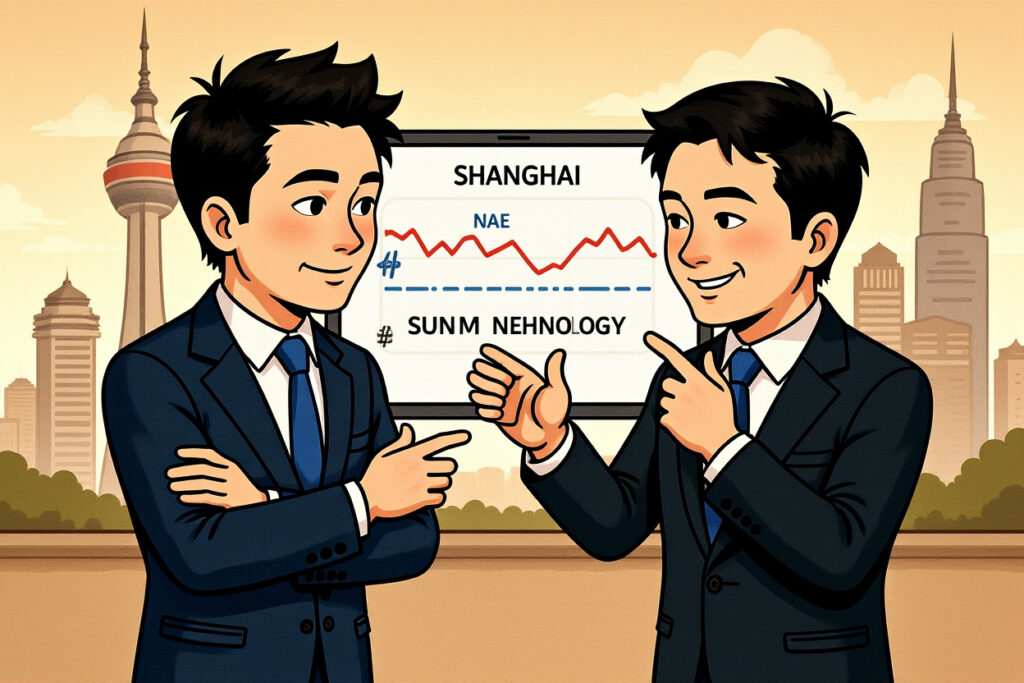The semiconductor industry is witnessing a new wave of mergers and acquisitions, signaling strategic shifts among key players aiming to bolster capabilities and secure market positions. These moves come amid global chip shortages, geopolitical tensions, and rapid technological advancements, making M&A activity a critical tool for growth and resilience.
– Recent semiconductor M&A deals highlight consolidation trends as companies seek scale and innovation.
– Geopolitical factors and supply chain vulnerabilities are driving strategic acquisitions.
– Technological advancements in AI, IoT, and 5G are accelerating M&A activities.
– Key players are acquiring niche firms to enhance product portfolios and reduce dependencies.
Current Landscape of Semiconductor M&A
The semiconductor industry has always been dynamic, but recent years have seen an acceleration in merger and acquisition activities. Companies are not just expanding for growth—they are acquiring to survive in an increasingly competitive and geopolitically charged environment.
Driving Forces Behind Recent Deals
Several factors are fueling this surge in semiconductor M&A. The global chip shortage exposed vulnerabilities in supply chains, prompting companies to vertically integrate or acquire specialized capabilities. Additionally, emerging technologies like artificial intelligence, quantum computing, and advanced IoT applications require specialized chips, pushing firms to acquire innovative startups or merge with peers to stay ahead.
Geopolitics also plays a significant role. With the U.S.-China tech rivalry intensifying, companies are leveraging M&A to secure intellectual property, manufacturing capacity, and market access. For instance, recent deals have focused on reducing dependency on specific regions or technologies, aligning with national security interests in many cases.
Key Semiconductor M&A Deals and Their Impact
Recent semiconductor M&A deals have involved both established giants and emerging players. These transactions are reshaping the competitive landscape and altering global supply chain dynamics.
Notable Acquisitions in the Past Year
One of the most significant deals was NVIDIA’s attempted acquisition of Arm Limited, although regulatory challenges ultimately halted the transaction. This highlighted the growing scrutiny semiconductor M&A faces from regulators worldwide. Another notable deal was Analog Devices’ acquisition of Maxim Integrated, strengthening its portfolio in analog and mixed-signal technologies.
In Asia, Taiwanese and South Korean firms have been active, with companies like MediaTek and SK Hynix pursuing acquisitions to enhance their capabilities in memory chips, processors, and connectivity solutions. These moves are critical as the industry races to develop next-generation technologies.
Strategic Implications of Semiconductor Consolidation
Semiconductor M&A is not just about growing market share—it is a strategic imperative for companies aiming to lead in innovation and navigate complex global challenges.
Enhancing Technological Capabilities
Acquiring firms often target companies with specialized expertise or intellectual property. For example, a company strong in AI chips might acquire a firm specializing in power efficiency or quantum computing architectures. These acquisitions allow companies to offer more comprehensive solutions and reduce their reliance on external partners.
Navigating Geopolitical Challenges
Semiconductor M&A is increasingly influenced by geopolitical considerations. Companies are acquiring firms in regions with favorable regulatory environments or strategic alliances. For instance, U.S.-based companies might target European or Israeli tech firms to diversify their geographic footprint and mitigate risks associated with U.S.-China tensions.
Future Trends in Semiconductor M&A
The pace of semiconductor M&A is unlikely to slow down. Several trends suggest that consolidation will continue, driven by technological needs and geopolitical realities.
Focus on AI and Edge Computing
As artificial intelligence and edge computing become more pervasive, demand for specialized chips will grow. Companies will seek acquisitions to bolster their capabilities in these areas, leading to more deals involving AI chip designers, FPGA developers, and firms specializing in low-power computing.
Regulatory Scrutiny and Challenges
Regulators worldwide are paying closer attention to semiconductor M&A, particularly when it involves critical technologies or market-dominant players. Companies must navigate these hurdles carefully, often tailoring their strategies to address antitrust and national security concerns.
Conclusion: Navigating the New Era of Semiconductor M&A
The semiconductor industry is at a crossroads, with mergers and acquisitions playing a pivotal role in shaping its future. Companies that strategically leverage M&A to enhance capabilities, diversify geographically, and innovate will be better positioned to thrive. For stakeholders, staying informed about these trends is essential to understanding the evolving landscape and seizing opportunities.
As the industry continues to consolidate, keeping an eye on emerging deals and their implications will be critical for investors, policymakers, and business leaders alike.




